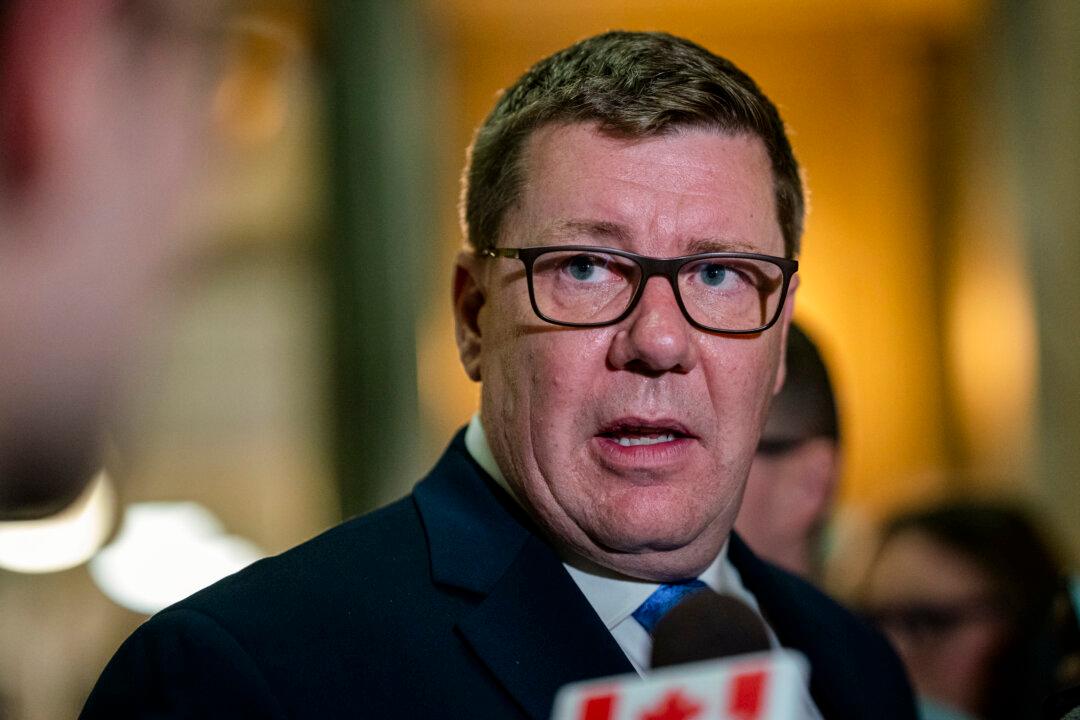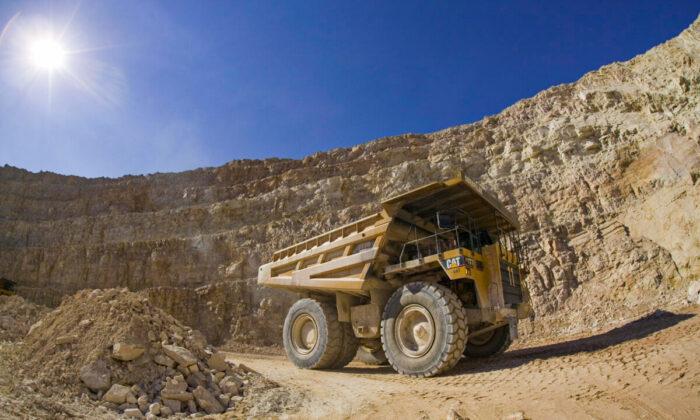CALGARY—The Alberta government will build two addiction recovery facilities as it prepares to introduce legislation for the involuntary treatment of people deemed to pose a public safety risk due to addiction issues.
The legislation will allow relatives, guardians, health-care professionals, or police officers to request an addiction treatment order for people “who are a danger to themselves or others due to their addiction or substance use.”
“We will not sit back while we watch this happen to Albertans, to our loved ones in our communities, and to loved ones in our family who are suffering from this deadly disease of addiction,” Williams said.
“With the highest civil standards, we will move forward with legislation that allows society to care for and intervene for those who are most affected by this deadly disease,” he said.
Both the Northern Alberta Compassionate Intervention Centre and the Southern Alberta Compassionate Intervention Centre, to be built in Edmonton and Calgary respectively, will have a capacity of 150 beds each. Construction is to begin next year, with the centres operational by 2029.
The new facilities will offer various mental health and addiction supports, including spaces for intake assessments, medically supported detox, counselling, and individual and group therapy, according to officials. The program’s goal is to provide stabilization, assessment, and treatment so patients can transition to community support.
The province plans to spend $180 million over three years building the two centres, pending passage of the 2025–26 budget, which will be tabled on Feb. 27.
The provincial government is currently exploring options to install temporary intervention beds in existing facilities to address the “immediate need to provide compassionate intervention care,” officials said.
Premier Danielle Smith said the recovery-based measures will help address the drug crisis, an issue U.S. President Donald Trump has cited in his threats to impose tariffs on Canada. She said her province aims to address “both the supply and the demand” of drugs.
‘Compassionate Intervention’
The province approaches drug addiction through its Alberta Recovery Model, which is based on the notion that “recovery is possible” and that people should be able to access and pursue recovery easily, according to the model’s description.The strategy includes harm reduction services as a tool within the recovery process rather than as an approach in itself.
During his Feb. 24 address, Williams said involuntary treatment is necessary for people with severe addiction, arguing they may “become a danger to themselves or others and no longer have the capacity to make health care and healthy decisions for their own lives.”
The province said the upcoming legislation will include safeguards to protect patients’ “individual rights and freedoms,” including access to legal support and the ability to appeal.
To be eligible for “compassionate intervention,” patients would have to meet specific criteria, the province said. Decisions on their assessment and treatment would be made by an independent commission consisting of lawyers, physicians, and members of the public.







